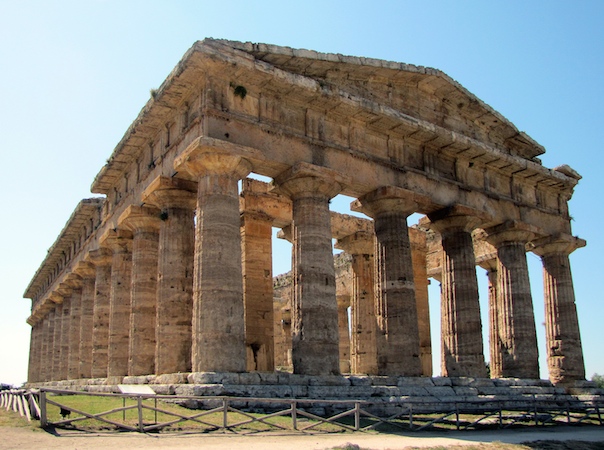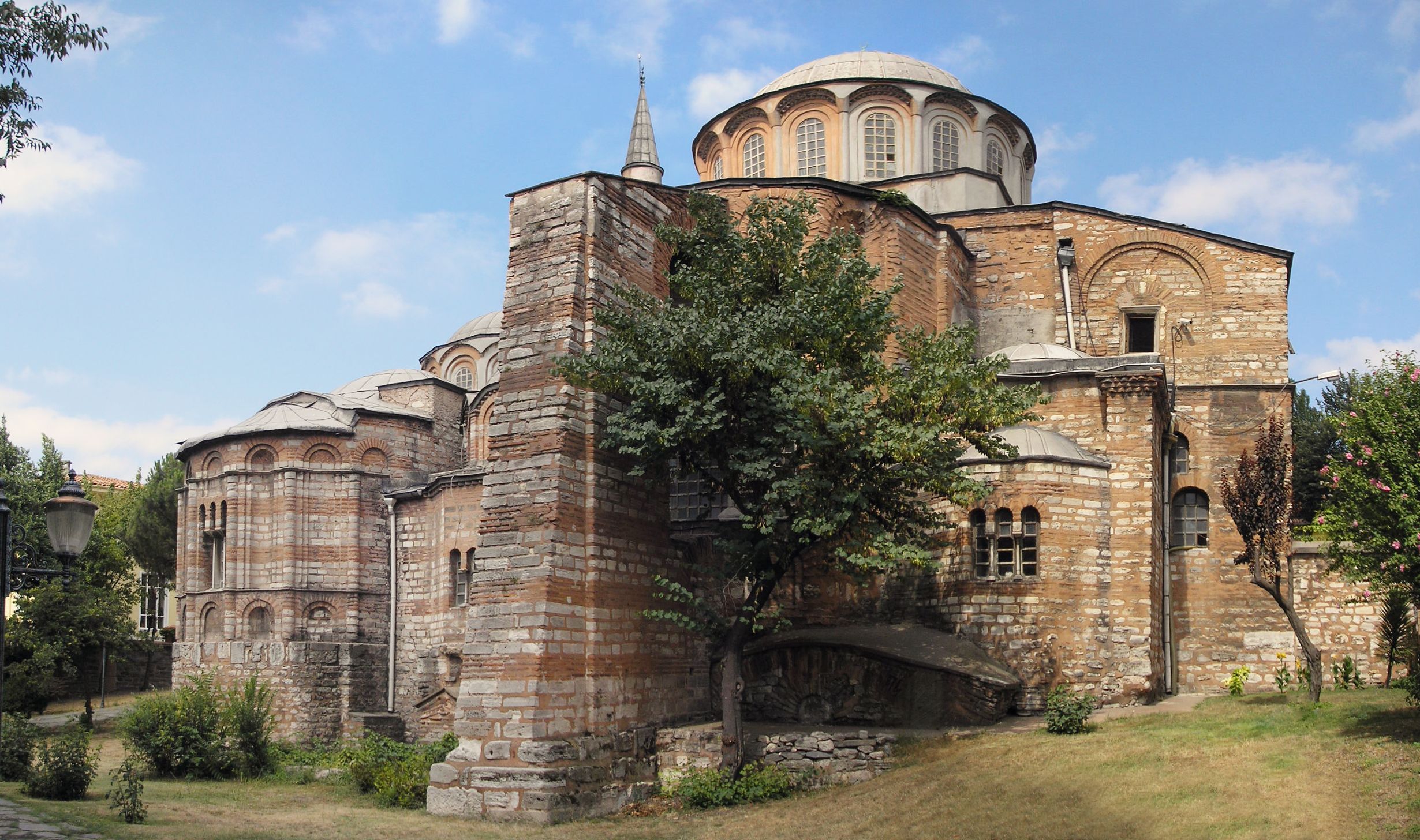The history of architecture traces the changes in architecture through various traditions, regions, overarching stylistic trends, and dates. There are a few different types of ancient arichtecture.

Neolithic architecture is the architecture of the Neolithic period. Although many dwellings belonging to all prehistoric periods and also some clay models of dwellings have been uncovered enabling us to make faithful reconstructions, they seldom included elements that may relate them to art. Some exceptions are provided by wall decorations.

Ancient Mesopotamia is most noted for its construction of mud brick buildings and the construction of Ziggurats, religious temples made for worship of the gods and goddesses of Mesopotamia. The word Ziggurat is an anglicized form of the Akkadian word ziqqurratum, the name given to the solid stepped towers of mud brick.

Ancient architecture is characterized by this tension between the divine and mortal world. Cities would mark a contained sacred space over the wilderness of nature outside, and the temple or palace continued this order by acting as a house for the gods.

One way to look at the unity of Roman architecture is through a new-found realization of theory derived from practice, and embodied spatially. Civically we find this happening in the Roman forum (sibling of the Greek agora), where public participation is increasingly removed from the concrete performance of rituals and represented in the decor of the architecture.

Early Byzantine architecture was built as a continuation of Roman architecture. Stylistic drift, technological advancement, and political and territorial changes meant that a distinct style gradually emerged which imbued certain influences from the Near East and used the Greek cross plan in church architecture. Buildings increased in geometric complexity, brick and plaster were used in addition to stone in the decoration of important public structures, classical orders were used more freely, mosaics replaced carved decoration, complex domes rested upon massive piers, and windows filtered light through thin sheets of alabaster to softly illuminate interiors.

With the emergence of the Parthians and Sassanids there was an appearance of new forms. Parthian innovations fully flowered during the Sassanid period with massive barrel-vaulted chambers, solid masonry domes, and tall columns.

Indian architecture encompasses a wide variety of geographically and historically spread structures, and was transformed by the history of the Indian subcontinent. The result is an evolving range of architectural production that, although it is difficult to identify a single representative style, nonetheless retains a certain amount of continuity across history. The diversity of Indian culture is represented in its architecture. It is a blend of ancient and varied native traditions, with building types, forms and technologies from West and Central Asia, as well as Europe.